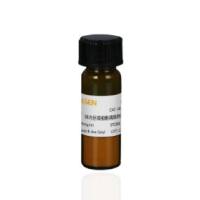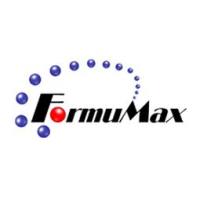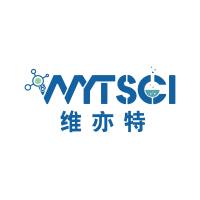Environment-Responsive Multifunctional Liposomes
互联网
817
Liposomal nanocarriers anchored with a cell-penetrating peptide and a pH-sensitive PEG-shield where later has ability to provide simultaneously better systemic circulation and site-specific exposure of cell penetrating peptide. PEG chains were incorporated into the liposome membrane via the PEG-attached phosphatidylethanolamine (PE) residue with PEG and PE being conjugated with the lowered pH-degradable hydrazone bond (PEG-HZ-PE), while cell-penetrating peptide (TATp) was added as TATp-PEG-PE conjugate. Under normal conditions, liposome-grafted PEG “shielded” liposome-attached TATp moieties, since the PEG spacer for TATp attachment (PEG(1000)) was shorter than protective PEG(2000). PEGylated liposomes accumulate in targets via the EPR effect, but inside the “acidified” tumor or ischemic tissues lose their PEG coating because of the lowered pH-induced hydrolysis of HZ and penetrate inside cells via the now-exposed TATp moieties. pH-responsive behavior of these constructs is successfully tested in cell cultures in vitro as well as in tumors in experimental mice in vivo. These nanocarriers also showed enhanced pGFP transfection efficiency upon intratumoral administration in mice, compared to control pH nonsensitive counterpart. These results can be considered as an important step in the development of tumor-specific stimuli-sensitive drug and gene delivery systems.





